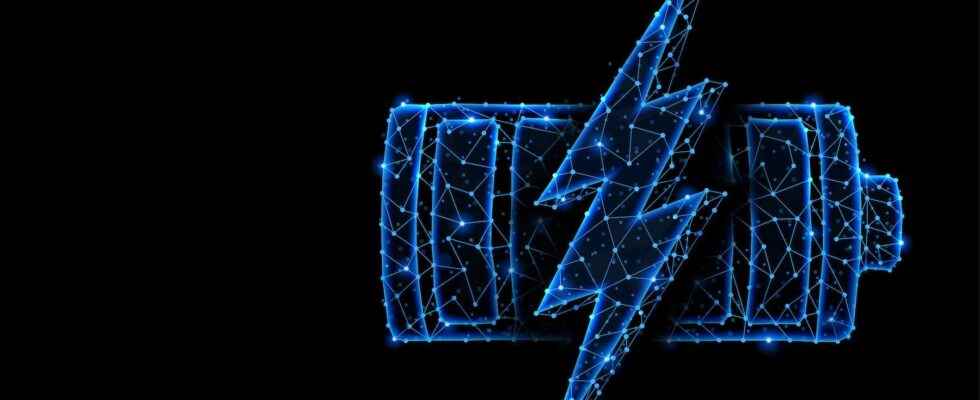Gain maximum autonomy in a minimum of time: this is the promise of fast charging. This process, however, results in accelerated degradation of the battery, which ultimately impairs its performance. What are the physical phenomena that produce this phenomenon?
You will also be interested
Recharge your car battery as fast as you fill up with gas, it is the dream of the industry automobile electric. And it must be said that progress in matter are considerable: the Swiss group ABB thus promises a terminal capable of 100 kilometers of range in less than three minutes ! The problem is that fast charging causes irreversible damage to the battery, leading to a drop in its performance.
How a lithium-ion battery works
To understand this phenomenon, let us first come back to the functioning of a lithium-ion battery. This consists of a cathode (electrode positively charged) and a anode (negatively charged electrode), separated by a material called an electrolyte which is used to conduct electrons from one to the other. During the charging process, the ions lithium Li + leave the cathode and are “picked up” by the anode. The latter, which is usually in graphite, is not uniform but pierced with nanopores in which the Li + ions are inserted, via a process called “intercalation”.
A disorganization of the atomic network of the graph
However, when the battery is charged too quickly, the intercalation does not take place properly. Instead of being inserted gently between the atoms of graphite, lithium ions tend to clump together on the surface of the anode, resulting in the formation of a kind of ” plating Which leads to thickening and deformation of the electrode. In addition to the plating on the surface of the anode, there is an accumulation of reaction products inside the pores of the electrode, which irreversibly damages drums.
After several repeated rapid charge cycles, the anode is observed to become more and more disordered at the atomic level, which prevents the intercalation process. ” Even a small number of cycles at very high flow rates can induce significant and permanent degradation of the graphite., explains Daniel Abraham, specialist at the Argonne national laboratory (United States). The solution would be to find a way to avoid this loss of organization or to modify the graphite particles so that the lithium ions can intercalate more efficiently. “
It should be noted, however, that fast charging causes less damage to the anode at the start of charging, which means that most manufacturers plan for charging in several stages (high charge at the start for a short period of time, then slower by the following). But you have to be aware that fast charging will damage the battery more quickly. Priority issue …
Interested in what you just read?
.
fs2
